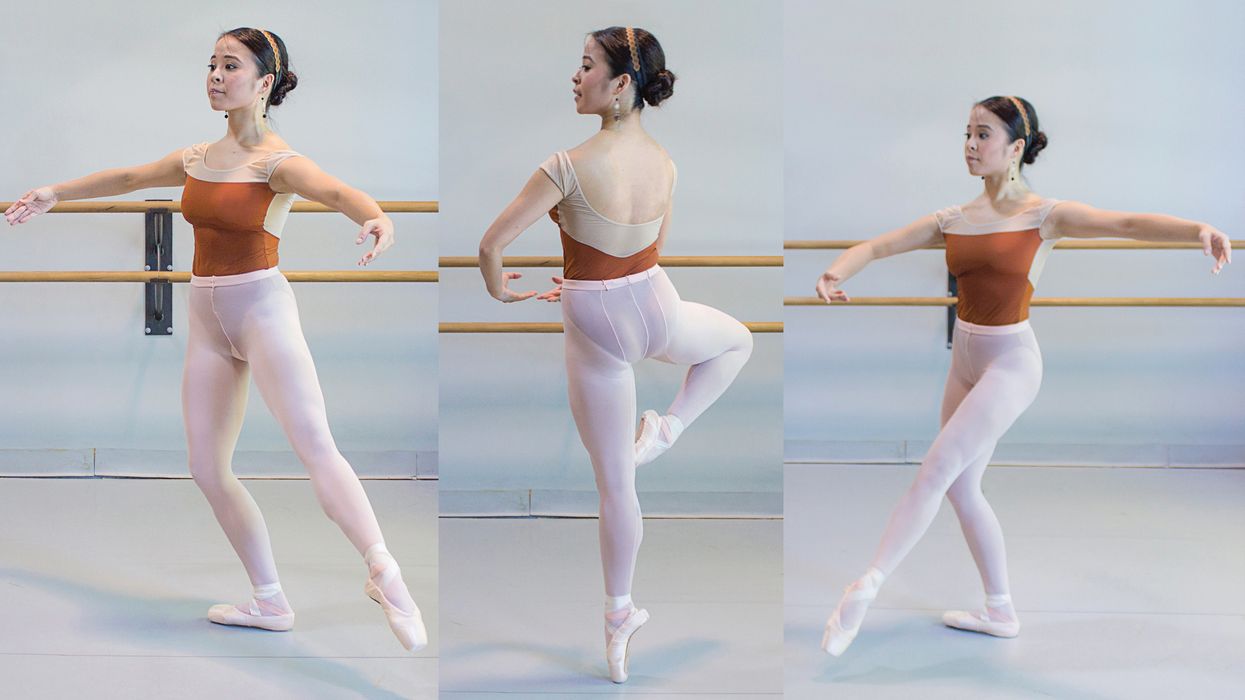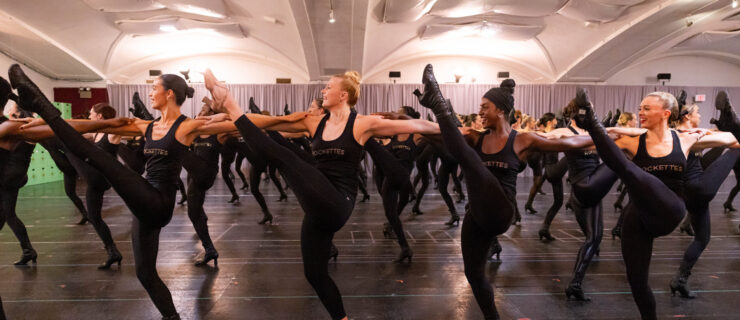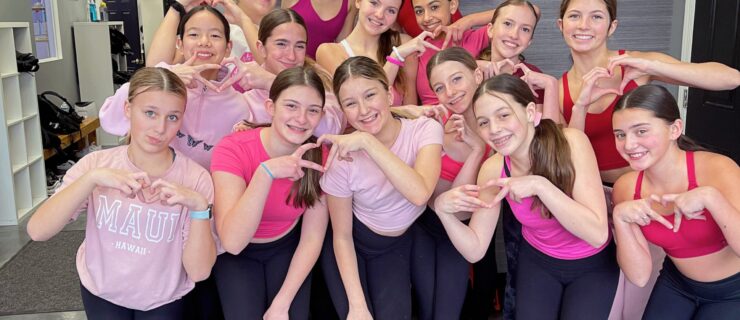How to Master Step-Over Pirouettes
“Lame duck.” It sounds like nothing else in the classical ballet vocabulary, right? Also known as step-up turns or step-over turns—or, more technically, as piqués en dehors—these tricky pirouettes show up all over the classical ballet repertoire, perhaps most famously in Odette’s Act II variation in Swan Lake. Here’s how to keep your lame ducks from looking, well, lame.
Choose Your Approach
According to Nadia Thompson, co-director and ballet master of Ballet Hagen in Germany, there are two ways into a lame duck: “You can brush through first position and step up to the fourth, or tombé to à la seconde and replace the standing leg through fifth position,” she says. Your teacher might prefer one method over the other. But if you’re having trouble staying centered during lame ducks, the version that brushes through first may help you find your balance, since it allows you to push from your back foot and get the toe to passé more quickly. Just be careful not to mix the two approaches together. “Sometimes people go through second and then rond de jambe the leg around, and that looks sloppy,” Thompson says.
Take a Good Preparation
Like every successful pirouette, a lame duck needs a good preparation. Madalina Stoica, principal dancer at Tulsa Ballet, makes sure to ground her standing heel well with a deep plié. “Sometimes, especially when the music is fast, we want to cheat and cut the full plié,” she says, “or even to take the turn from relevé. But you should do a good plié before you replace the standing foot,” which creates better stability for the turn—especially if you’re going for multiples.
American Repertory Ballet’s Nanako Yamamoto makes sure her leg is directly to the side, turned out, and ready to piqué. “Some people leave the leg behind or twist their hips, and that’s when things can go wrong,” she says. She particularly warns against over-crossing or stepping around the standing leg, which will throw off your center, and could also derail the forward momentum of a series of step-overs.
Coordinate Your Arms
It’s tempting to focus on your feet, but during a lame duck, it’s critical that your port de bras reflect what your legs are doing. “Open the door, go through the door, and then close the door,” says Thompson, describing the proper path of the arms. “Just as your foot shouldn’t over-cross when you piqué, your second arm shouldn’t over-cross, either.” Imagine that you’re turning along a balance beam, with both your legs and your arms following the beam’s straight line.
For Stoica, the timing of the upper body is everything. “The step-up doesn’t work when my second arm is late,” she says. “If I don’t bring it immediately, it throws me off.” Stoica also tries to time the arrival of her second arm with the arrival of her toe at her knee. “If I hit those positions simultaneously, I’ll go straight up, instead of twisting into the turn.”
A version of this story appeared in the December 2018 issue of
Dance Spirit with the title “(Not So) Lame Ducks.“




